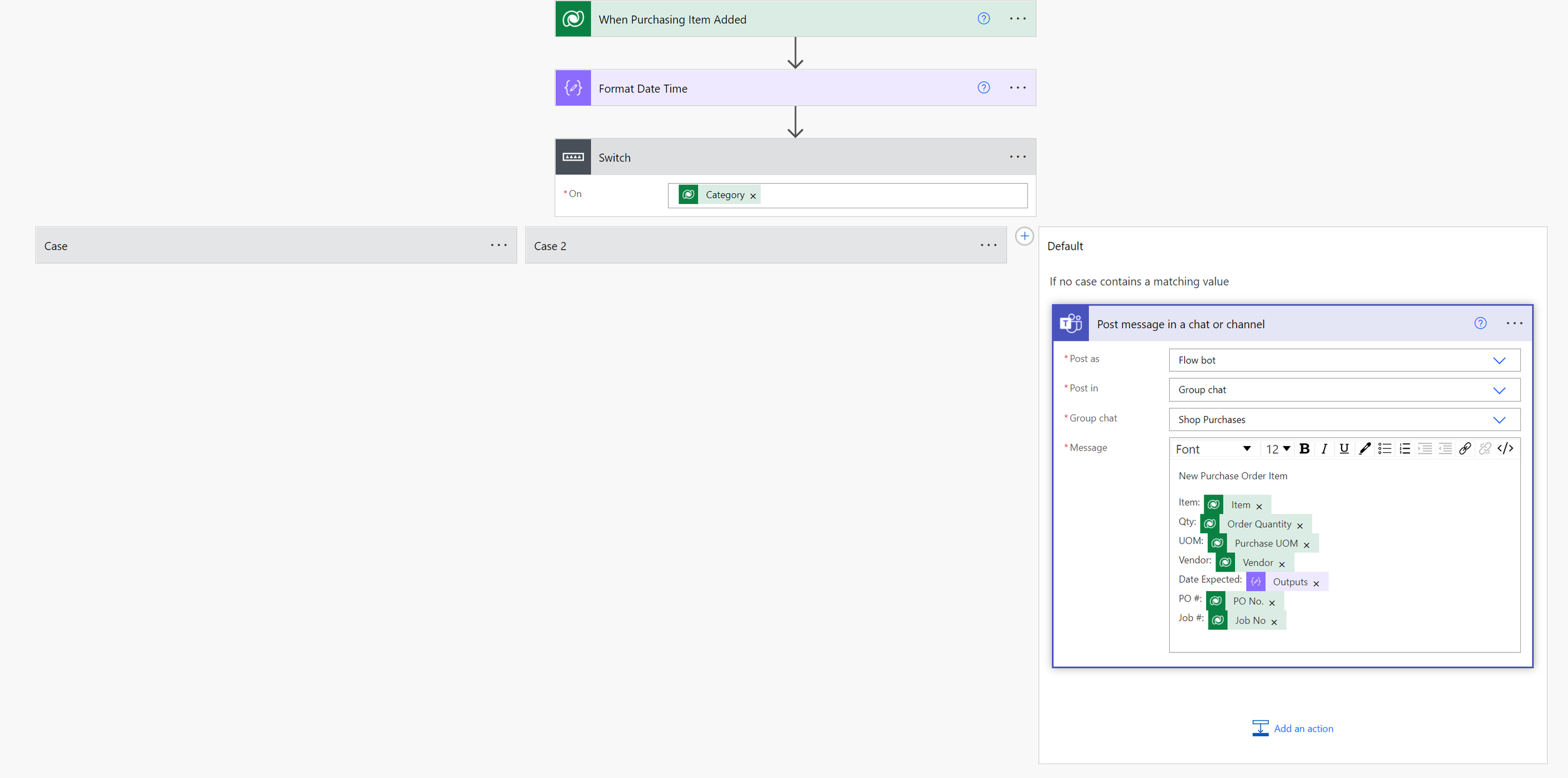Automation In Action
I thought I would go a little deeper and show an example of our way of thinking and how it translates into action. Here is an example of a process that we transformed through Power Apps and Power Automate. I first started to learn Python coding by working through an e-book called, "Automate the Boring Stuff with Python". I found it to be a compelling and useful way to think about prioritizing digital transformation tasks. It's not about creating the next big tech company. This type of work is really about pushing the organization forward while freeing up your energy so you do not have to deal with the boring stuff. In my case, it is also about doing the boring stuff which is often the last thing to be done. The sweet spot is to find a task that is both boring and organizationally necessary.
The process we describe below is necessary and strategic. One of the big issues with our industry, and humanity in general, is a lack of good communication. If we can create an automated process that easily allows us to communicate, then we will be able to build better than those who communicate poorly, all other things being equal.
Like most businesses, we have vendors that we need to purchase from in order to keep our operations running smoothly. In our case, we have raw materials that we need to buy in a timely manner. We then have a shop waiting for material and the information connecting the expected material with the scope of work to be built. Our traditional process looks like this:
Receive input that we need a particular material, either from the Shop or Engineering
Determine if delivery date or price is the priority
Make phone calls or send emails to the appropriate vendors
Find the lowest price or fastest delivery through the above means of communication
Make a decision to purchase the material from a vendor
Record the purchase in a list (formerly in Sharepoint and Excel before that)
Receive the material and a Bill of Lading
Check the material against the Bill of Lading
You might notice that there is a big gap in communication between steps 5 and 6. This gap becomes evident when I walk the shop floor in the morning - "Rich, when can we expect that load of plastic laminate?" or "Rich, was the finishing material ordered?" To fill this gap, we decided to implement a tech solution. Here is our first draft of it. Keep in mind, this is meant to satisfy the questions that arise between steps 5 and 6 above. Some of these app screens are not very pretty, but they get the job done for now and allow us to get to the next level.
Perhaps the most fun part of going live with the first phase of a project like this is making it available to the rest of the company. There are almost always immediate suggestions for improvement. Those suggestions are a great way to keep the conversation going while including the rest of the team in the process of making the organization better. By automating the boring stuff, we’re transforming how we work with one another.
Automation Project Goal: Better communication between Purchasing, Vendors and the Shop
A. Record the purchase in Power Apps
B. Power Automate works in the background to send an email to the vendor
C. Once the automation completes, the vendor receives an email placing the order
D. A simultaneous automation runs to let the shop know about the material that was ordered
E. With the end result being a message to a Teams group chat that looks like this
Finally, the shop can review all of the material expected to arrive and search by vendor, item, purchase order number or job within a mobile app.




